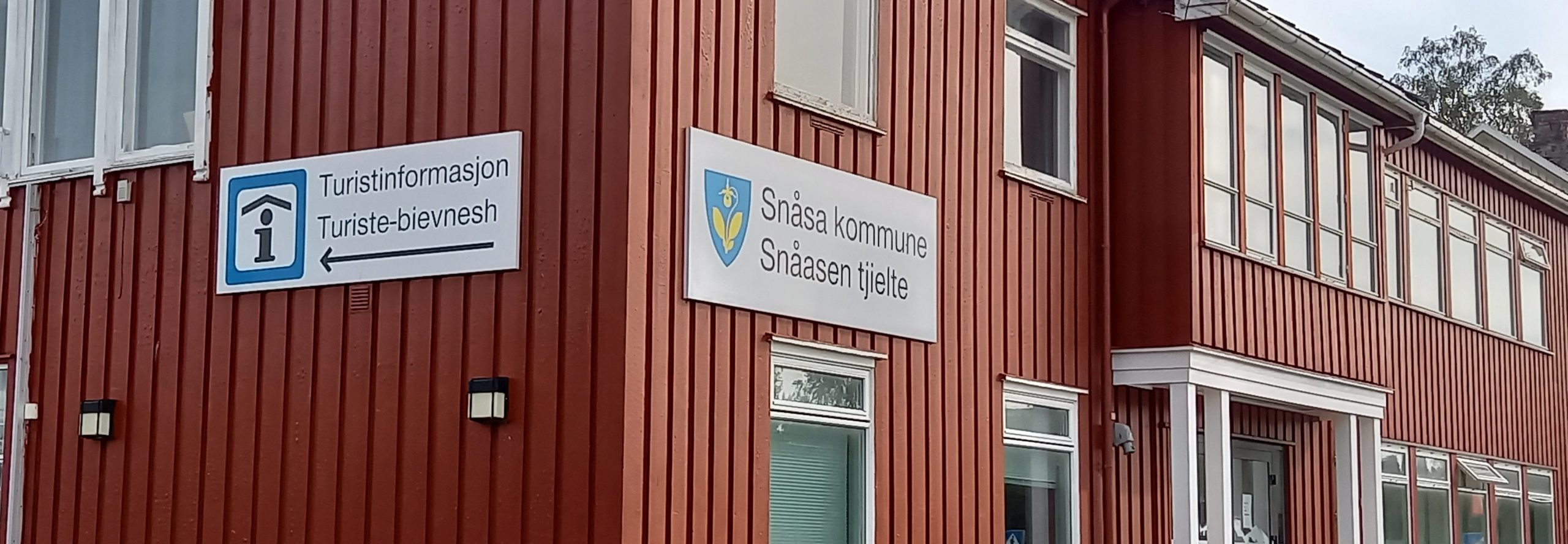In some regions, knowledge of the Sami place names has been lost. Names disappear when they are no longer used. Sami place names have not figured in written language for as long as Swedish and Norwegian names. As a result, there are regions where we no longer know any of the Sami place names at all. Many of these regions are coastal or farming communities. Even the Sami themselves have long used the Swedish and Norwegian place names here. In other regions, the opposite has been the case and Norwegians and Swedes instead used the Sami place names
Place names including the prefixes “finn” and “lapp”
The Norwegian and Swedish place names also bear witness to the Sami use of the landscape. Some of these names are easy to recognize as they include the prefixes, “lapp-” and “finn-”; for example, Finnmon, Lappkojmon, and Lappberget. Both “finn” and “lapp” are older Norwegian and Swedish terms for the Sami. Today they are both regarded as pejoratives, though their continued use in place names tells us a lot about an area’s history. It is difficult to put a date on these names. They can be both relatively new or very old.
Finn is an old Swedish and Norwegian word for the Sami. The word can, however, also have other meanings and it has even been used as a man’s given name. Place names containing the prefix “finn” are generally associated with the Sami, although the term can also refer to people from Finland, the “Suomi”. In the Southern Sami region in Sweden, and even further south in Norway, the term “finn” can indicate immigration from Finland during the 16th century. “Lapp” is an easier word to interpret as it lacks other meanings.
Sami loan words in the Nordic languages
Our Sami names for places are also used in Norwegian and Swedish in many regions. “Luspen” comes from the Sami word “lusie”, meaning the outlet of a lake. “Godtvatnet” may well come from the Sami “Gåetiejaevrie”, meaning a lake near to home. Words referring to the landscape are not the only loan words. “Mudd”, the word for reindeer hide used in the Norwegian region of Trøndelag, is basically the same as the Sami word “muadta”. Its use indicates that the region is part of Saepmie. Today, Sami names for places have gained official status. Names such as Tråante (Trondheim), Sjädtavaellie (Sundsvall), and Staare (Östersund) clearly demonstrate the contact between the respective languages.

